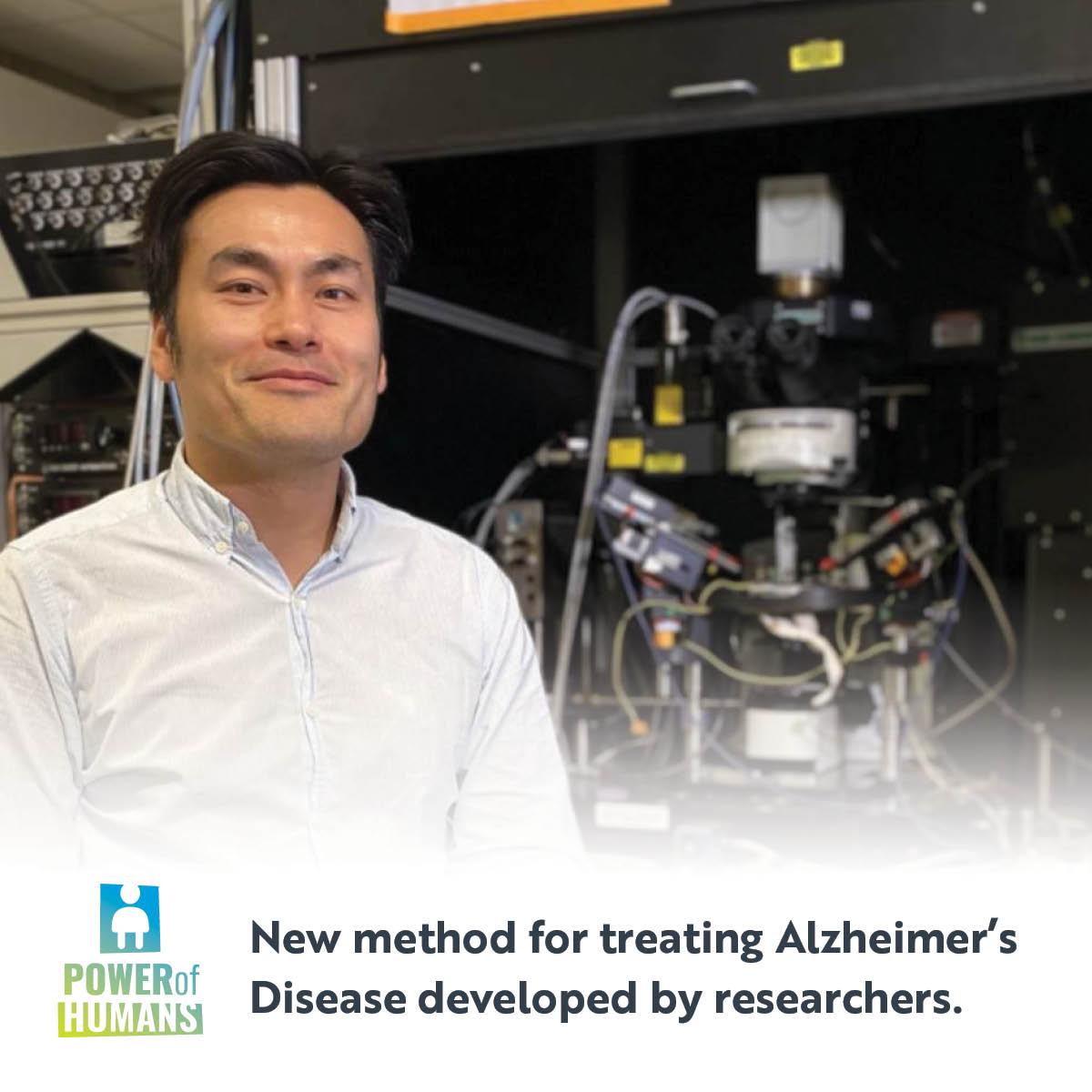Researchers in Oslo have developed an artificial intelligence method to help them identify potential new medicines for Alzheimer’s. The new medicine seems to be more precise. No side effects were documented during tests with worms and mice.
One of the causes of Alzheimer’s disease is the degeneration and loss of nerve cells in the brain as we age. A cell is like a finely tuned machinery. The cell needs energy to perform its tasks. The energy comes from energy factories called mitochondria.
In young, healthy cells, old or damaged mitochondria are removed from the cell in a process called mitophagy. The research group found that when we get older, we have more broken mitochondria, and the cells will not be able to remove all of them anymore. An accumulation of broken mitochondria clogs the cell’s ordinary processes and eventually, the cell will die.
A new method for treating Alzheimer’s disease
A new potential method for treating the disease is described by Fang’s group in a new study. “We may be able to reduce or stop the progress of the disease with the patient. We can do this by increasing the cell’s ability to self-clean,” Fang says.
The reboot of mitophagy gives the patient several advantages: It will increase the clearance of brain cell garbage and the cleaning process will be more effective in itself. It may also increase the cleaning in other other organs, not only the brain.
“By turning up mitophagy, we may also be able to increase the quality of other organs, like their heart and muscles. A stronger body is important to reduce the effects of the disease,” Fang notes.
Fang and his colleagues have filed a patent on Rhapontigenin for the treatment of Alzheimer’s disease. They are now working on describing both how Rhapontigenin and Kaempferol may help us delay the progression of memory loss, and how it may help us reduce disease progression when it has occured.
In addition, they are also going to describe the in-depth molecular mechanisms that help Kaempferol and Rhapontigenin to induce mitophagy.
The compounds have not been tested in humans yet, so much still remains to be done.
“We are now using AI to propose small, structural modifications to these candidate compounds. We want to make them safer and more efficient for treating Alzheimer’s disease,” Fang says.
The study is published in Nature Biomedical Engineering.







